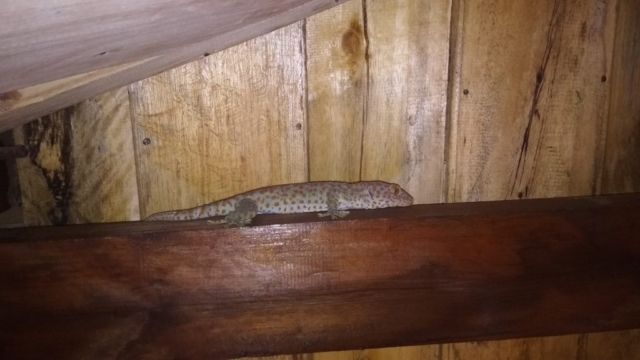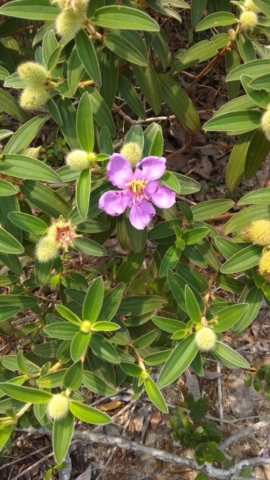The capital city: Phnom Penh
The highest peak: Phnom Aural (1810 m.n.)
The longest river: Mekong (486 km)
The largest lake: Tonle Sap
The country is divided into 25 provinces and located in the southern part of Indochine peninsula in Southeast Asia.
Provinces and their capital cities
- Banteay Meanchey (Serei Saophoan and Poipet)
- Battambang (Battambang)
- Kampong Cham (Kampong Cham)
- Kampong Chhnang (Kampong Chhnang)
- Kampong Speu (
Chbar Mon) - Kampong Thom (Stung Saen)
- Kampot (Kampot)
- Kandal (Ta Khmau)
- Kep (Kep)
- Koh Kong (Khemarak Phoumin)
- Kratié (Kratié)
- Mondulkiri (Senmonorom)
- Oddar Meanchey (Samraong)
- Pailin (Pailin)
- Phnom Penh (Doun Penh)
- Preah Sihanouk (Preah Sihanouk)
- Preah Vihear (Tbaeng Meanchey)
- Pursat (Pursat)
- Prey Veng (Prey Veng)
- Ratanakiri (Banlung)
- Siem Reap (Siem Reap)
- Stung Treng (Stung Treng)
- Svay Rieng (Svay Rieng and Bavet)
- Takéo (Doun
Kaev ) - Tboung Khmom (Suong)
Neighboring countries
- Thailand (northwest)
- Laos (northeast)
- Vietnam (east)
- Gulf of Thailand (southwest)
Islands
There are 60 islands in the coastal waters of Cambodia, including 23 in the province of Koh Kong, 2 in the Kampot province, 22 in Sihanoukville and 13 in the city of Kep.
The most visited: Koh Rong, Koh Rong Sanloem, Song Saa, Koh Thmei, Koh Ta Kyung, Koh Tang, Koh Totang, Koh Thonsai, Koh Russei, Koh De Koul, Koh Puos, Koh
Cambodia’s main geographical characteristics are low-lying central plains, which include the Tonlé Sap Lake, the Mekong River, and the
Phnom Aural – the highest peak of Cambodia located in the eastern part of the Cardamom Mountains in the
Mekong – the 12th longest river in the world and the seventh longest in Asia. From the Tibetan Plain, the river runs across Yunnan province of China, Myanmar, Laos, Thailand, Cambodia, and Vietnam. The river is the main trade route between Western China and Southeast Asia.
Tonle Sap – the largest freshwater lake in Southeast Asia with a wide range of interconnected ecological areas with high biodiversity. In 1997, the area was designated as UNESCO biosphere reserve.
Due to inefficient management and extensive indifference to environmental issues, the lake and its surrounding ecosystem are under increasing pressure from over-exploitation and deterioration, fragmentation and loss of biotopes.
Tonle Sap Biosphere Reserve – is a reservation that surrounds Tonle Sap Lake. It includes a lake and nine provinces: Kampong Thom, Siem Reap, Battambang, Pursat, Kampong Chhnang, Banteay Meanchey, Pailin, Oddar Meanchey, and Preah Vihear.
Other important locations include the dry forests of the Mondolkiri and Ratanakiri provinces and the Cardamom Ecosystem, including the Bokor National Park, the Botum-Sakor National Park, the Phnom Aural and Phnom Samkos temples.
Climate
Climate Cambodia, like other Southeast Asian countries, is dominated by monsoons that are clearly marked by seasonal variations due to tropical wet and dry conditions. Cambodia has a temperature range of 21 to 35 ° C and is experiencing tropical monsoons.
The southwest monsoon – reaches inland and from May to October brings the wind with moisture from the Gulf of Thailand and the Indian Ocean. There is a rainy season when the temperature drops to 22 ° C.
The northwest monsoon – reaches the dry season from November to April, when temperatures climb to 40 ° C.
The worst rains are from September to October, and the driest period occurring between January and February.
Nature
Cambodian biodiversity is largely composed of tropical forests, home to 212 mammals, 536 bird species, 240 reptile species, 850 freshwater species and 435 species of sea fish. Most of this biodiversity is located around Tonle Sap Lake and the surrounding biosphere. Cambodia has an exceptionally large area of wildlife protection, both on land and sea, with ground protection covering about 20% of the country.
Many species in the country, including several endemic species, are recognized by the IUCN or World Conservation Union as endangered or critically endangered by deforestation, habitat destruction, poaching, and illegal wildlife trade. Intense poaching has already caused the Cambodian national beasts to quench, and wild tigers, Elda deer, water buffalo, and deer are in critically low numbers.
The national flower is rum, officially Mitrella
Given that deforestation and over-exploitation have struck Cambodia in recent decades, forests, low mountain ranges, and local ecological regions still retain most of their natural potential.
Unfortunately, the deforestation rate in Cambodia is one of the highest in the world and is often perceived as the most devastating (out of more than 70% in 1969 forest fell to only 3.1%).
According to the International Research Center for the United Nations, Cambodia is considered to be the most endangered country in Southeast Asia for the effects of climate change next to the Philippines. Rural coastal populations are, particularly at risk. Lack of clean water, extreme floods, landslides, higher sea levels, and potentially destructive storms raise particular concerns.
Agriculture
Agriculture is a traditional pillar of the Cambodian economy. Agriculture accounted for 90% of GDP in 1985 and employed around 80% of the labor force. The main commodity is rice. Major crops include corn, manioc, sweet potatoes, peanuts, soybeans, sesame seeds, dried beans, and rubber. The main commercial crop is rubber.












